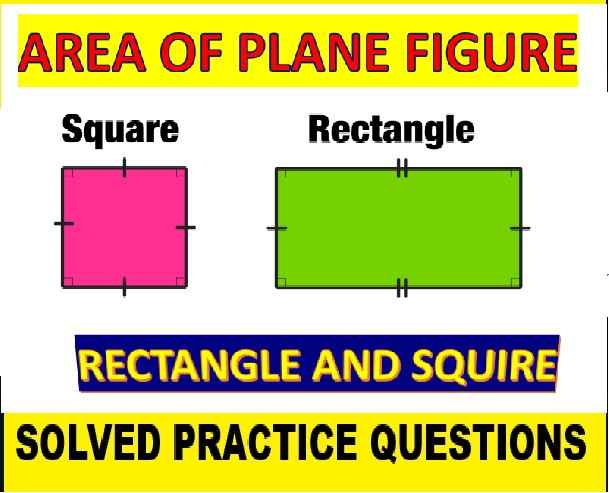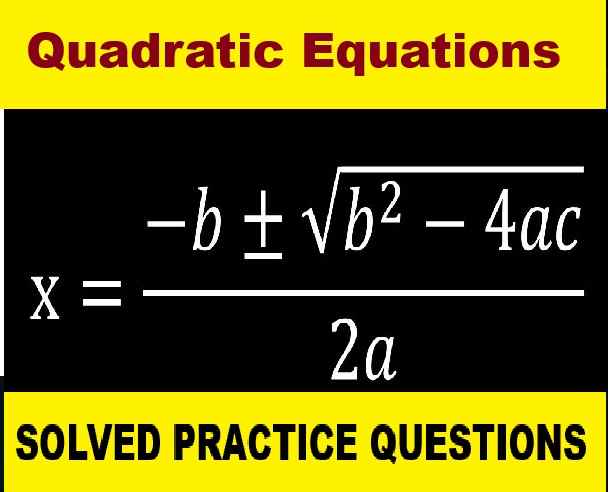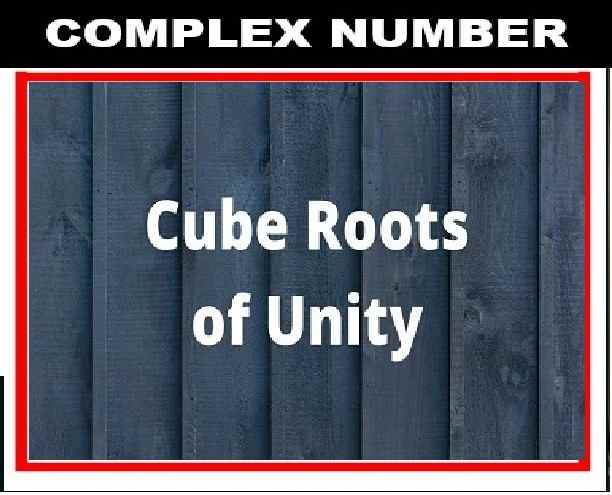Chemistry Specimen Paper 2024 Sec-B Solved for ICSE Class-10. Step by step solutions as council prescribe guideline of model sample question paper. During solutions of Chemistry specimen paper we explain with figure, graph, table whenever necessary so that student can achieve their goal in next upcoming exam of council. Visit official website CISCE for detail information about ICSE Board Class-10.
ICSE Class-10 Chemistry Specimen Paper 2024 Sec-B Solved
| Board | ICSE |
| Class | 10th (x) |
| Subject | Chemistry |
| Topic | Specimen Paper Solved |
| Syllabus | Revised Syllabus |
| Session | 2023-24 |
| Question Type | Sec-B (Descriptive) |
| Total question | 6 with Part |
| Max mark | 40 |
ICSE Chemistry Specimen Paper 2024 Solved Class-10
According to latest circular of CISCE 2024 board exam of ICSE will be on the base of analytical thinking and logical types questions. The council also added assertion and reason type questions to develop the skill and confidence among ICSE Students. So this year require more particle with concept base learning.
Warning :- before viewing solution view Question Paper
ICSE SPECIMEN QUESTION PAPER 2024
CHEMISTRY
Maximum Marks: 80
- Time allowed: Two and half hours Answers to this Paper must be written on the paper provided separately.
- You will not be allowed to write during first 15 minutes.
- This time is to be spent in reading the question paper.
- The time given at the head of this Paper is the time allowed for writing the answers.
Section A is compulsory. Attempt any four questions from Section B.
The intended marks for questions or parts of questions are given in brackets [ ]
SECTION B Chemistry ICSE Specimen Paper Solved 2024 Class-10
(Attempt any four questions.)
Question 3:
(i) Identify the reactant and write the balanced equation for the following:
Nitric acid reacts with compound Q to give a salt Ca(NO3)2, water and carbon dioxide.
(ii) What property of Sulphuric acid is exhibited in each of the following cases:
(a) In the preparation of HCl gas when it reacts with Sodium chloride.
(b) When conc. Sulphuric acid reacts with Copper to produce Sulphur dioxide gas.
(iii) The electron affinity of an element X is greater than that of element Y.
(a) How is the oxidising power of X likely to compare with that of Y?
(b) How is the electronegativity of X likely to compare with that of Y?
(c) State whether X is likely to be placed to the left or to the right of Y in the periodic table?
(iv) (a) State wether the following statements are TRUE or FALSE. Justify your answer.
1. In an electrovalent compound, the cation attains the electronic configuration of the noble gas that comes after it in the periodic table.
2. In the formation of a compound PQ2, atom P gives one electron to each atom of Q. The compound PQ2 is a good conductor of electricity.
(b) Calculate the number of moles in 22 grams of carbon dioxide .
Question 4:
(i) The following questions relate to the extraction of Aluminium by electrolysis.
(a) Name the other aluminum containing compound added to alumina.
(b) Give a balanced equation for the reaction that takes place at the cathode.
(ii) A gas cylinder of capacity 40 dm3 is filled with gas X the mass of which is 20 g. When the same cylinder is filled with hydrogen gas at the same temperature and pressure the mass of hydrogen is 2 g. Find the relative molecular mass of the gas.
(iii) Give balanced equations for each of the following:
(a) Action of warm water on Aluminium nitride.
(b) Oxidation of carbon with conc. Nitric acid.
(c) Dehydration of ethanol by conc. Sulphuric acid at a temperature of 170°C.
(iv) With respect to Haber’s process answer the following:
(a) Temperature of the reaction
(b) Catalyst used
(c) Balanced equation for the reaction occurring
Question 5:
(i) (a) Ranjana wants to prove that ammonia is a reducing agent. To demonstrate this, she passes ammonia gas over heated copper oxide. What will she observe?
(b) Write a balanced chemical equation for the above reaction.
(ii) Name the alloy which is made up of:
(a) Copper, Zinc and Tin
(b) Lead and Tin
(iii) Seema takes a blue crystalline salt P in a test tube. On heating it produces a white anhydrous powder. P is dissolved in water. Zinc is added to one part of the solution and to another part of the solution Barium chloride is added.
(a) Name the compound P.
(b) Mention one observation when zinc is added to the solution of P.
(c) State the colour of the precipitate formed when barium chloride is added to the solution of P.
(iv) Give reasons:
(a) Ethene undergoes addition reaction.
(b) Hydrocarbons can be used as fuels.
(c) Hydrogen chloride gas cannot be collected over water
Question 6:
(i) Name the following:
(a) The ore of Zinc containing its sulphide .
(b) The most commonly used oxide ore of Aluminium.
(ii) State one observation in the following cases:
(a) Sodium chloride solution is added to a solution of lead nitrate.
(b) Barium chloride solution is added to a solution of Zinc sulphate.
(iii) Copper sulphate solution is electrolysed using copper electrodes.
(a) Which electrode [cathode or anode] is the oxidizing electrode? Why?
(b) Write the equation for the reaction occurring at the above electrode.
(iv) X [2, 8, 7] and Y [2, 8, 2] are two elements. Using this information complete the following:
(a) __________ is the metallic element.
(b) Metal atoms tend to have a maximum of __________ electrons in the outermost shell.
(c) ___________ is the reducing agent.
Question 7:
(i) The empirical formula of an organic compound is C3H4N. Its molecular weight is 108. Find the amount of carbon in one mole of the compound. Show all the steps involved.
(Atomic weights: C- 12; H- 1; N- 14)
(ii) (a) Mahesh prepared a basic solution X that has a pH 7. How will the pH of the solution X change on addition of the following:
1. Hydrochloric acid
2. a solution of a base
(b) The atomic number of an element is 15. To which group will this element belong to?
(iii) 8.2 grams of calcium nitrate is decomposed by heating according to the equation
2Ca (NO3)2 _____ -> 2CaO +4NO2 + O2
Calculate the following:
(a) Volume of nitrogen dioxide obtained at STP
(b) Mass of CaO formed
[Atomic weights: Ca –40 , N—14, O—16]
Question 8:
(i) State giving reasons if:
(a) zinc and aluminium can be distinguished by heating the metal powder with concentrated sodium hydroxide solution.
(b) calcium nitrate and lead nitrate can be distinguished by adding ammonium hydroxide solution to the salt solution.
(ii) Draw the electron dot diagram of Hydronium ion.
(iii) Give balanced equations for the following:
(a) Laboratory preparation of ethyne from calcium carbide.
(b) Conversion of acetic acid to ethyl acetate.
(c) Laboratory preparation of nitric acid.
(iv) Identify the following substances:
(a) An alkaline gas which produces dense white fumes when reacted with HCl gas.
(b) The anion present in the salt, which produces a gas with the smell of rotten eggs when reacted with dil. HCl.
(c) The particles present in strong electrolytes.
For More Question and Solutions See in Your PDF
SECTION B Chemistry ICSE Specimen Paper Solved 2024 Class-10 PDF Solution
–: Visit also :–
Return to : ICSE Specimen Paper 2024 Solved
Thanks



Thanks